The implementation of gene therapy is a rather complex challenge, and the selection of vector is particularly important. —— one is to protect the fragile cargo in the shell, and the second is its surface ligand interacting with specific cells. Gene therapy vectors are divided into viral and non-viral vectors, and we will detail the viral vectors in this article.
adenovirus
Adenovirus (Adenovirus, ADV) is a non-enveloped, linear double-stranded DNA virus with a wide range of cell and tissue infections. The infection process is intense, which is suitable for high gene expression experiments in a short time. Compared with other viruses, adenovirus has a long insert and strong expression activity.
In vitro application, adenovirus vector transgene efficiency (nearly 100% transduction efficiency) and can transduce different types of cells, which is a good tool for gene delivery of a large number of difficult to be transfected cells. However, when applied in vivo, due to the strong immunogenicity of adenovirus and severe infection, it often causes local tissue inflammation reaction and body immune response of animals, which affects the objectivity of animal signs and experimental results.
The adenoviral packaging skeleton plasmid was cotransfected into HEK-293 cells with the shuttle plasmid, and after the cells appeared CPE status, the virus was purified by collecting cell supernatant and cell lysates and purified by concentration or cesium chloride density gradient centrifugation.
CPE (Cytopathic Effect): Cell degeneration produced by virus infection of tissue culture cells can be quantified using this lesion effect.
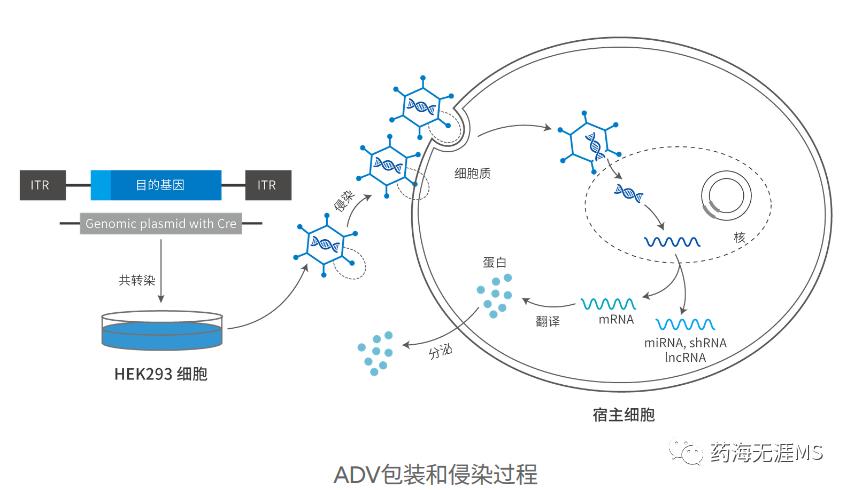
adeno-associated virus
Adeno-associated virus (AAV) is a member of the family (Parvoviridae). It is a group of icosahedral microvirus that cannot replicate independently. It is about 20-26nm in diameter and contains about 4.7 kb of linear single-stranded DNA as a genome.
Recombinant adeno-associated viral vector (recombination AAV, rAAV) is a gene vector modified from the non-pathogenic wild-type AAV. The rAAV used in the study is usually a hybrid viral vector produced by the combination of the AAV type 2 genome and different capsid proteins.
Self-complementary AAV (Self-complementaryAAV, scAAV) has designed its coding region as double-stranded DNA on the basis of rAAV. After infecting cells, the complementary parts form double-stranded DNA without waiting for second-strand DNA synthesis, which eliminates the rate-limiting step of rAAV gene expression, so the peak expression can be reached 3-5 days after scAAV infection.
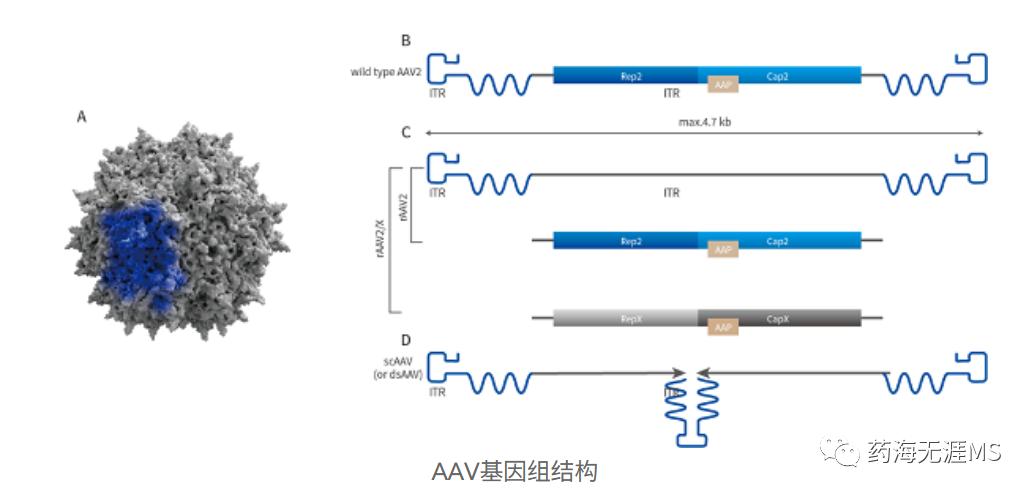 X
X
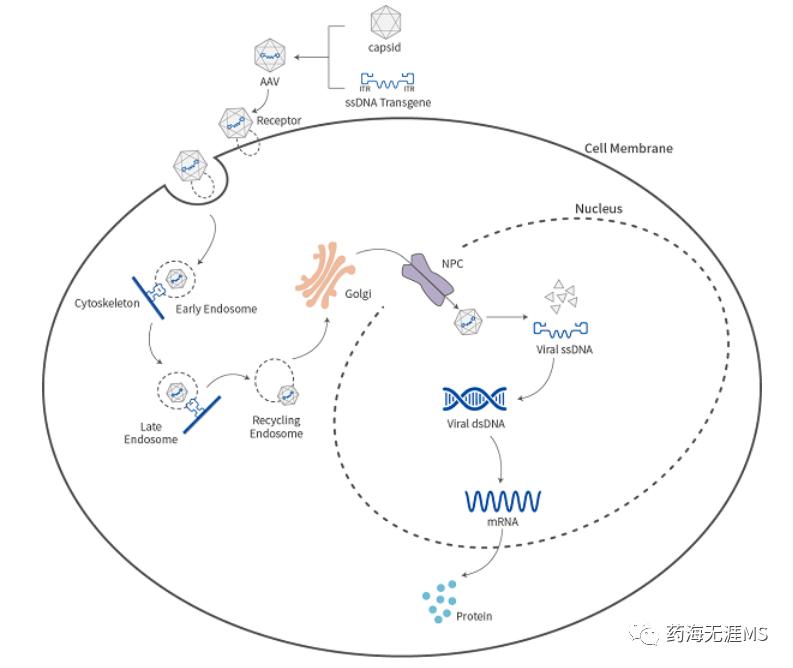
dividing cells and non-dividing cells.
3, strong diffusion ability: AAV is about 20-26nm in diameter, small in volume, high in titer, with good diffusion ability, including AAV-PHP. With the ability to cross the blood – brain barrier, eB and AAV 9 are widely used in neuroscience.
4. Long time of gene expression in vivo: AAV has the ability to maintain long-term gene transcription and expression. The expression in vivo can generally reach a peak for 3 weeks, and then has a continuous high expression, with an action time of> 5 months.
5, diverse types: numerous AAV serotypes
Lentiviral vector
Lentiviral vector (Lentivirus) is a kind of transformation from human immunodeficiency virus (HIV) virus vector, is a retrovirus, the genome is RNA, its toxic gene has been eliminated and replaced by exogenous purpose gene, belongs to the pseudovirus can integrate exogenous genes into the genome to achieve stable expression, with infection of division and nondivision cells.
After the lentiviral genome enters the cell, it is reverse transcribed into DNA in the cytoplasm to form the DNA preintegration complex, and after entering the nucleus, the DNA is integrated into the cellular genome. The integrated DNA is transcribed into mRNA and returned to the cytoplasm to express the target protein or produce a small RNA. Lentivirus-mediated gene expression or small RNA interference continues and stabilizes and divides with the division of the cellular genome.
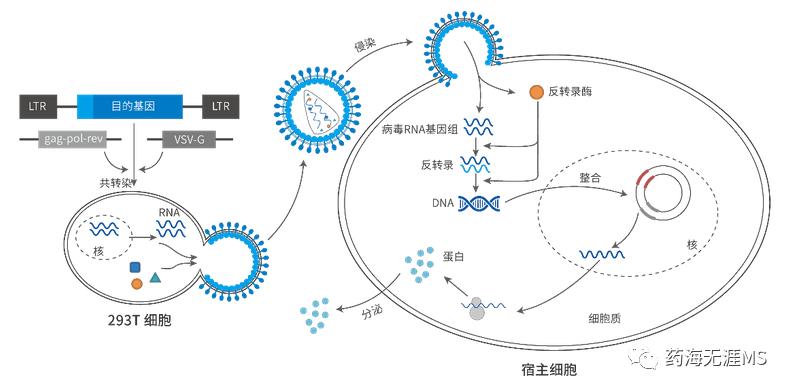
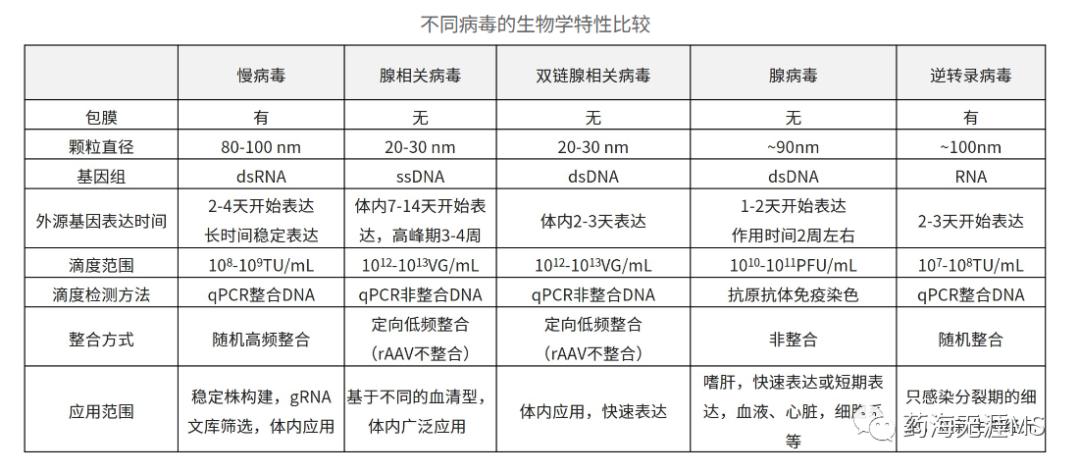 X
X




